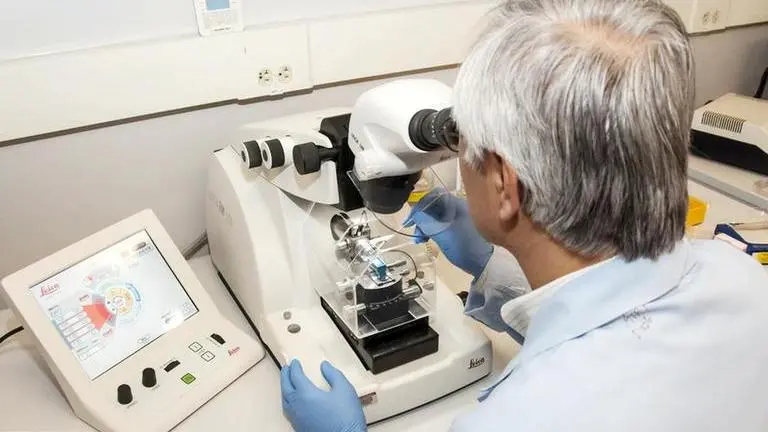Updated 14 July 2021 at 11:08 IST
IISs scientists discover 2 species of electrons in superfluid helium gas
These species of electrons can serve as a model to study how the energy states of electrons and interactions between them influence properties.
- Science News
- 2 min read

Scientists at the Indian Institute of Science (IISc) have identified two species of few-electron bubbles (FEBs) in superfluid helium gas for the first time, said an official. They also stated that these can be used as a model to investigate how electron energy levels and interactions affect attributes.
The work was published in the journal "Science Advances" which was led by Professor Ambarish Ghosh of the Centre for Nano Science and Engineering (CeNSE), Assistant Professor Prosenjit Sen, and former physics research student Neha Yadav.
"When an electron is injected into a superfluid form of helium, it generates a single electron bubble, which is a cavity that is devoid of helium atoms and only contains the electron. The shape of the bubble is determined by the electron's energy state," the study said.
Few-electron bubbles (FEBs) are nanometre-sized cavities
In liquid helium, FEBs are nanometre-sized cavities holding a few free electrons. The physical and chemical qualities of materials are determined by their number, condition, and interactions. Scientists will be able to better grasp how features emerge when a few electrons in a material interact with one another by studying FEBs. Understanding how FEBs are made can help researchers better understand how soft materials are put together, which could lead to the development of next-generation quantum materials.
Advertisement
A voltage pulse was applied to a tungsten point on the surface of liquid helium by the researchers. Using an ultrasonic transducer, they created a pressure wave on the charged surface. This allowed them to make 8EBs (electron bubbles) and 6EBs (electron bubbles), two types of FEBs with 8 and 6 electrons, respectively.
Scientists hope to use FEBs as quantum simulators
Scientists may use FEBs to decipher turbulent fluxes in superfluids and viscous fluids, as well as heat flow in superfluid helium which conducts heat efficiently at very low temperatures, according to the study. However, defects in the system, known as vortices, can reduce its heat conductivity. FEBs, which are found at the core of such vortices, can aid in the study of how vortices interact with one another.
Advertisement
The team hopes to employ FEBs as quantum simulators and build novel measuring systems in the long run.
Published By : Rohit Ranjan
Published On: 14 July 2021 at 11:08 IST
